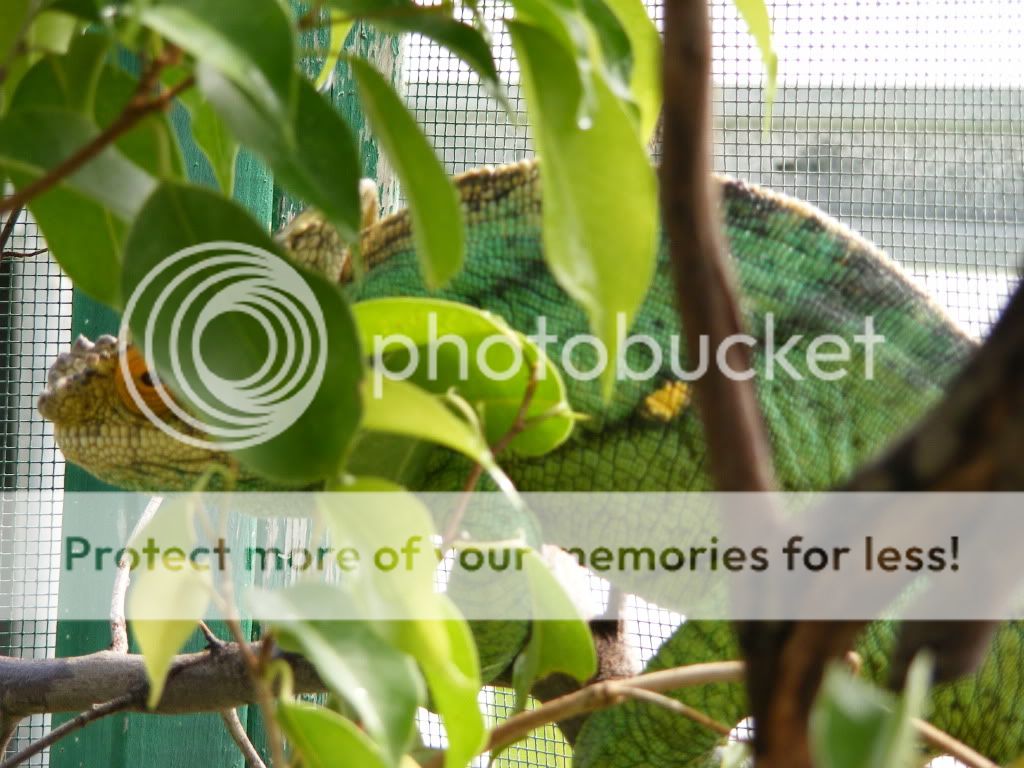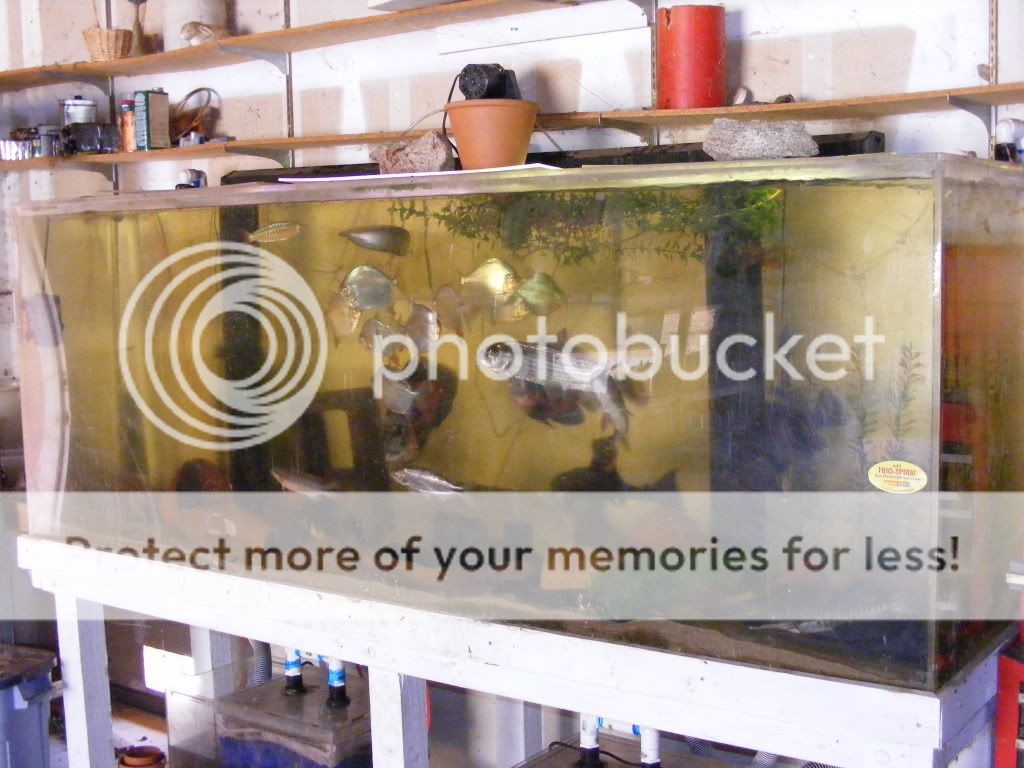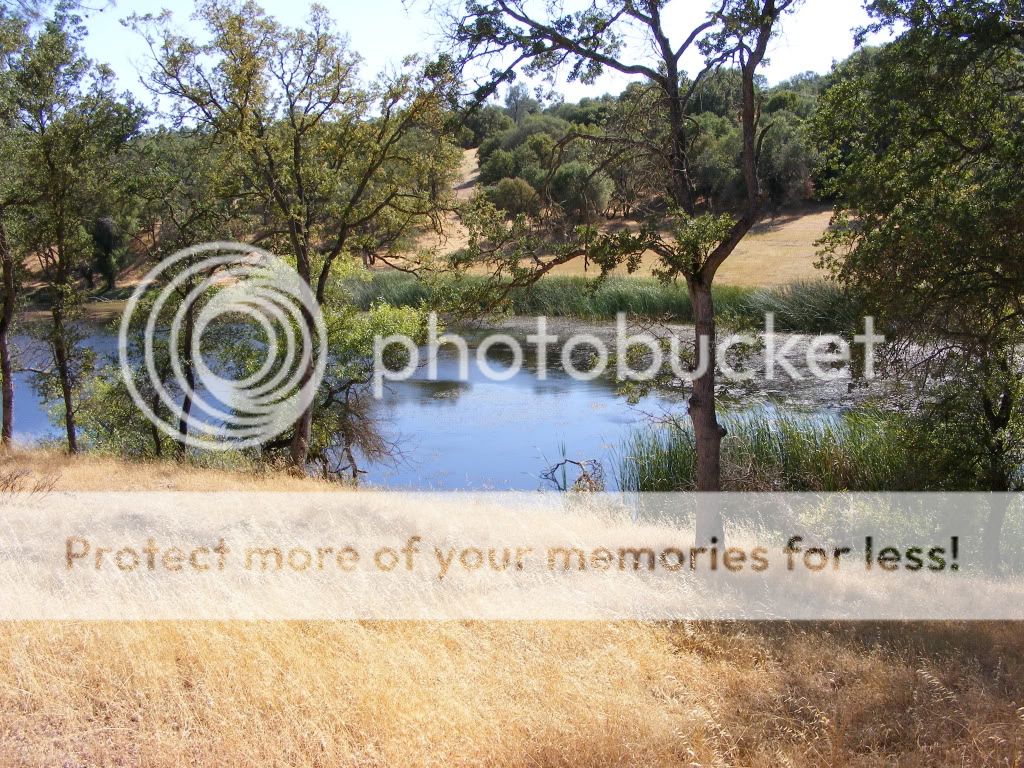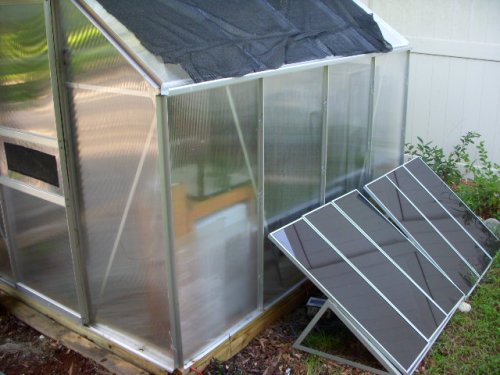Pure
New Member
He could just be using calcium with d3. Years ago i never used uv lights just calcium with d3 i have since evolved but back then i never had any cases of mbd just got lucky i guess.
Indeed. I've kept many a reptile like that. Actually I never owned a UV lamp until my reintroduction to herps. As I remember, the idea that D3 was the catalyst for absorbing calcium, and it was produced by UV absorption was still relatively new when I first got started.
Needless to say I had hit and miss success with dosing D3. I've even allowed a local vet to document one of my iguanas for a study on this. He had a sever case of MBD. Most often the cure was to put the animal out in the sun and dose calcium. I don't even recall their being UVB lights back then.
I have polycarbonate panels that allow 95% of uv through. I personally have not tested this, but I have faith in the company and the results seem to be working good.
Thank you. Obviously as you've kept them like this for 6 yrs testing may not be detrimental. Just for future reference, to keep new owners from making mistakes you should probably mention that when you talk about your success in keeping chams in a green house. I can see a new owner thinking regular green houses are all you need. I know this has confused me on more than one occasion. Not with just your posts.











